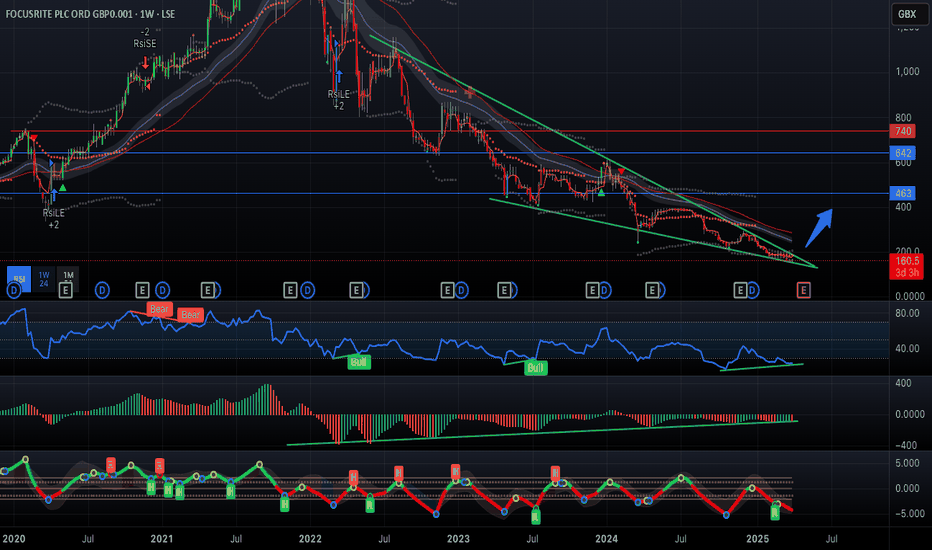In uncertain times, investors often seek refuge in assets that can preserve wealth and reduce volatility. Amid inflationary pressures, currency fluctuations, and global economic instability, gold is consistently seen as a reliable store of value. For UK investors, precious metals like gold offer more than just tradition—they provide a practical strategy for managing risk and enhancing long-term returns.
This article explores how gold functions as a strategic hedge and what role precious metals can play in building resilient UK investment portfolios.
Gold as a Hedge Against Inflation and Currency Risk
Inflation erodes purchasing power. For investors holding cash or fixed-income assets like gilts, inflation can significantly reduce real returns. Historically, gold has offered a strong hedge against this erosion.
In the UK context, gold has shown a positive correlation with inflation over the long term. During the inflation spikes of the 1970s and more recently in the post-pandemic recovery period, gold prices in GBP terms surged. This trend demonstrates gold’s ability to maintain real value even as consumer prices climb.
Moreover, with the British pound occasionally showing vulnerability, such as during Brexit negotiations or recent interest rate debates, gold serves as a stabiliser. Since gold is priced in USD globally, any weakness in the pound tends to amplify its value for UK investors. This makes gold not only an inflation hedge but also a currency buffer.
Diversification and Risk Reduction
Diversification is a cornerstone of sound investing, and gold contributes meaningfully to this goal. It tends to move independently from traditional asset classes like equities and bonds, especially during market stress.
When UK stocks tumble due to geopolitical or economic events, gold often holds steady or gains. This inverse relationship improves the overall risk-adjusted returns of a portfolio. Analysts use metrics like the Sharpe ratio to measure this effect—adding even a 5–10% allocation to gold can reduce portfolio volatility while enhancing long-term stability.
Consider a hypothetical portfolio split 60/40 between UK equities and gilts. If that portfolio added just a 10% allocation to gold, historical backtesting shows reduced drawdowns during market corrections. For investors focused on capital preservation, this kind of performance smoothing is invaluable.
What About Other Precious Metals?
While gold gets most of the spotlight, silver, platinum, and palladium also merit attention—albeit for different reasons.
- Silver shares some safe-haven characteristics with gold but is more closely tied to industrial demand. It’s often more volatile, offering higher upside during growth periods but less stability in downturns.
- Platinum and palladium are primarily used in automotive and industrial applications. Their price movements are closely linked to supply-and-demand dynamics, particularly in sectors like clean energy and electronics. While these metals may not offer the same hedge value as gold, they can play a tactical role in more aggressive portfolios.
These metals are worth considering, but gold remains the most reliable and widely accepted hedge due to its global liquidity and historical track record.
Accessing Gold and Precious Metals in the UK
UK investors have several options to gain exposure to gold and other precious metals, depending on their preferences for risk, cost, and convenience.
- Physical Bullion: Investing in gold bars or coins offers direct ownership and zero counterparty risk. However, storage and insurance can be costly. Products like Britannia coins are popular among UK investors due to their tax efficiency.
- ETFs and ETCs: Exchange-traded products like the iShares Physical Gold ETC (SGLN) or WisdomTree’s offerings provide an easy and cost-effective way to track gold prices. These are listed on the London Stock Exchange and can be traded like stocks.
- Mining Stocks: Investing in companies that mine precious metals offers indirect exposure. While these stocks often track metal prices, they also carry equity risk, such as management performance or geopolitical disruptions at mining sites.
- Digital Platforms: New services now allow UK investors to buy allocated gold stored in professional vaults. These platforms combine the benefits of physical gold ownership with the convenience of online access.
To explore various providers and platforms, you might want to look at this site for comparisons and user reviews.
How Much Gold Should UK Investors Hold?
There is no one-size-fits-all answer to how much gold should be in a portfolio. The right allocation depends on risk tolerance, investment horizon, and market outlook.
- Defensive portfolios might hold 10–15% in gold to reduce exposure to volatility and currency risk.
- Balanced portfolios may include 5–10% to smooth returns and guard against inflation.
- Aggressive portfolios might use gold tactically, increasing exposure during periods of uncertainty.
The key is to view gold as part of a broader diversification strategy—not a silver bullet, but a complement to other asset classes. Rebalancing is crucial; if gold appreciates significantly, trimming back the position can lock in gains and maintain the desired risk profile.
Final Thoughts
Gold has earned its place as a strategic hedge for UK investors. Its track record of preserving value, reducing volatility, and offering protection against inflation and currency swings makes it a powerful tool in portfolio construction.
While it shouldn’t dominate an investment strategy, a well-considered allocation to gold—and possibly other precious metals—can enhance risk-adjusted returns and offer peace of mind in turbulent markets.
For investors seeking to strengthen their portfolios in an unpredictable world, gold isn’t just a relic of the past—it’s a forward-looking asset with enduring relevance.




